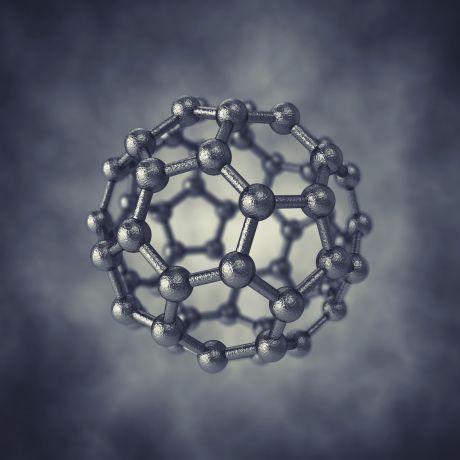Carbon nanotubes for quantum computers

Carbon nanotubes for quantum computers
Quantum computation relies on information storage via qubits, or quantum bits. EU-funded scientists are investigating the potential use and physical mechanisms regarding the use of carbon nanotubes (CNTs) for qubit implementation.
Unlike conventional bits that can take on a value of either 0 or 1,
qubits are capable of representing 0 or 1 or both simultaneously.
Because of this unique quantum mechanical phenomenon of superposition,
future quantum computers are expected to be more efficient for certain
computational tasks than conventional ones. Electron spin is one obvious
way to physically implement a qubit.
Recent studies demonstrated the ability to initialise, manipulate, couple and read out spin-based qubits using electrons confined in a solid-state environment. EU-funded scientists are investigating the unique potential of CNTs for qubit implementation and solid-state quantum computing within the context of the project CARBONQUBITS (Quantum bits in carbon nanostructures).
Results to date have highlighted physical phenomena related to quantum motion and temporal properties of spin control that will aid in design and optimisation of carbon nanostructures for quantum computing applications.
Theoretical studies showed that interaction of the spin of an electron trapped on a CNT suspended over a small trench to the vibrations of the CNT itself can be very strong: when the CNT is tuned to ring in unison with the spin, a quantum of sound emitted by the electron can be reabsorbed and re-emitted many times before it is lost. The phenomenon will be a valuable tool for investigating quantum motion and could be a way to implement long-distance communication between qubits.
In order to be useful for quantum computing, the timescale of qubit manipulation must be much shorter than the timescale of information loss. A simple model showed that spin control becomes faster with increasing excitation field strength up to a certain value. As the strength is increased above this optimal value, spin flips become slower and this is the case for spin-based qubits in CNT quantum dots as well.
The quantum computing era is fast approaching and CARBONQUBITS stands to make a valuable contribution. Important benefits will follow for associated researchers and for Europe's competitive position in an emerging market.
published: 2016-07-05